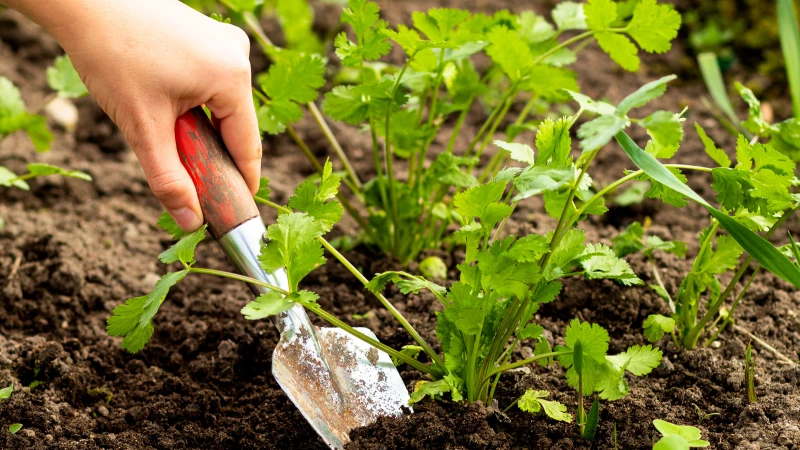Many cultures and cuisines rely on cilantro as a key ingredient in their recipes. While some people buy cilantro from stores, others prefer to grow it in their gardens for easy access while cooking. For those who grow cilantro at home, pruning is a familiar practice. By selectively removing stems and leaves that are not beneficial to the plant, pruning helps cilantro plants grow healthier and faster. This essential act of love is necessary for better growth and care of your cilantro plant. Simply identify weak stems, trim them, and repeat the process weekly for optimal results.
A Guide to Properly Pruning Cilantro
When it comes to plants, pruning is often associated with flowers and shrubs, but what about culinary herbs like cilantro? While herbs are delicate, proper pruning can lead to benefits such as increased harvest time, stronger stems, and a longer plant life. Here's how to prune cilantro effectively and maintain a healthy herb garden:
It's best to plant cilantro in the fall or early spring to avoid bitterness. High temperatures can cause cilantro to bolt, turning it bitter and inedible. Cooler temperatures are ideal for cilantro growth. Once the plant reaches about 6 inches tall, it's time to prune. Start by sterilizing your gardening shears with rubbing alcohol and then trim any damaged or yellowed stems, working your way up to the leaves. If the plant has started to flower, gently remove the flowers from the base. Remember not to prune too much at once; aim to prune weekly and remove no more than a third of the plant's weight each time.
To ensure a bountiful cilantro harvest, it is essential to rinse the plant thoroughly and store any extra leaves in the freezer for up to a week. Cilantro tends to lose its flavor after this period. By planting, pruning, and utilizing cilantro at the right times, you can enjoy a steady supply of the herb throughout the summer, until it's time to prune again. Regularly harvesting cilantro leaves as they grow not only ensures a healthy plant but also allows you to savor the fruits of your labor as your garden thrives.







